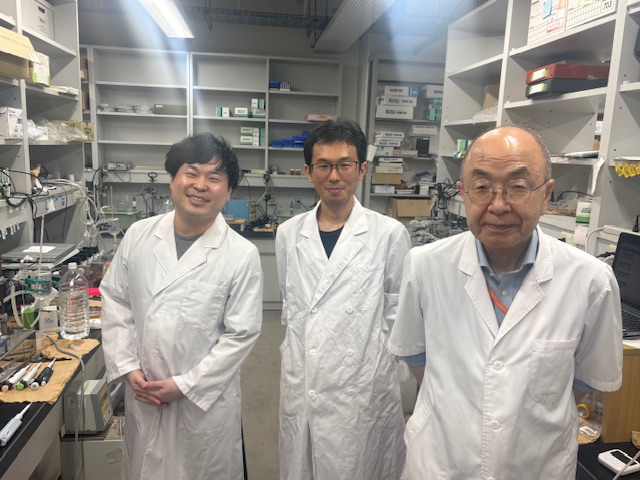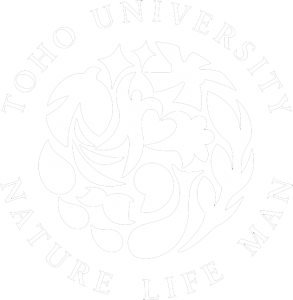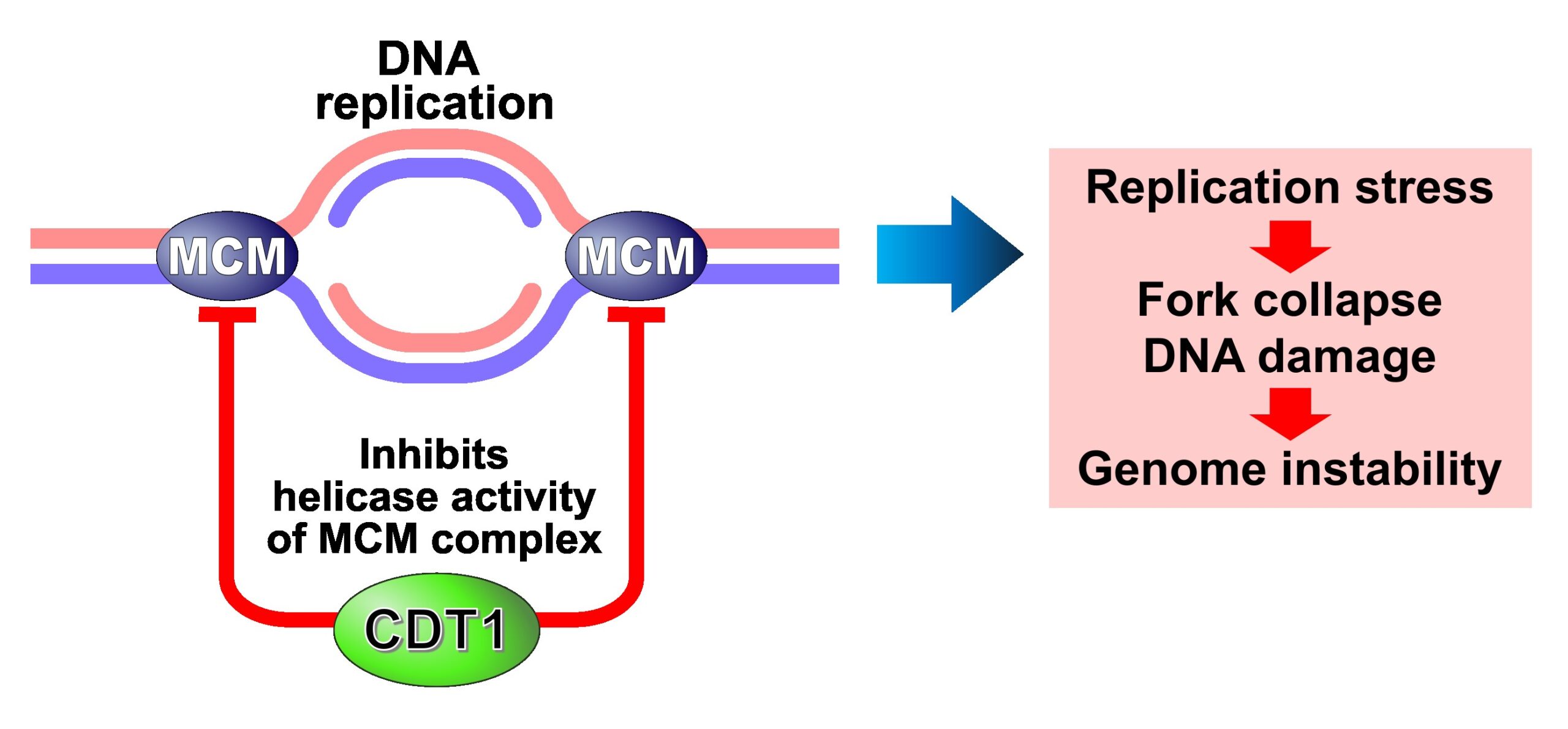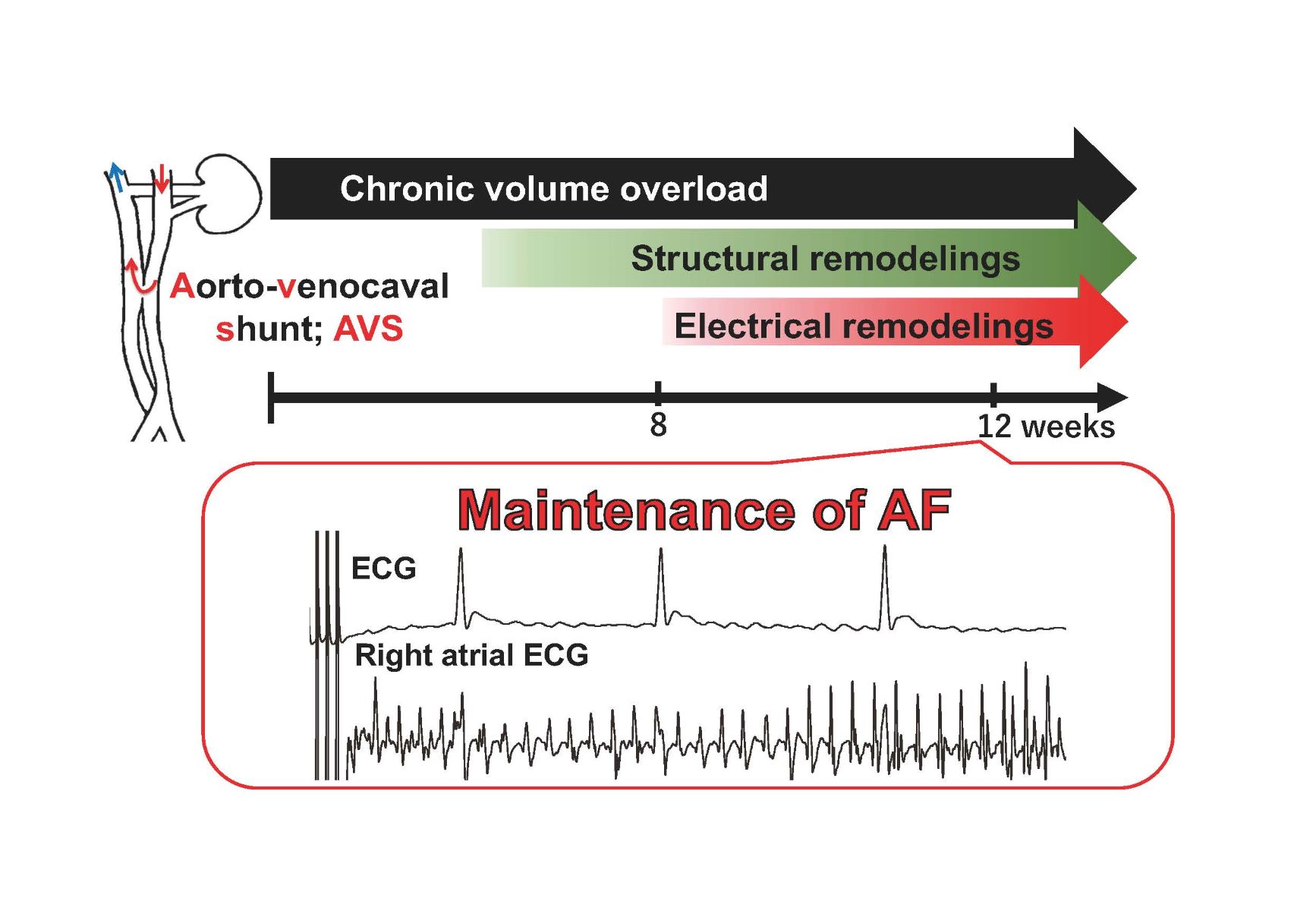October 10 2025
Omega-3 Fatty Acid DHA Shown to Relax Reproductive Tract Muscle
A New Clue to Male Fertility

From left: Dr. Keisuke Obara, Dr. Kento Yoshioka, Dr. Yoshio Tanaka
Key Findings
- Targeting muscle contraction: The team studied how DHA affects the vas deferens, a muscle that propels sperm during ejaculation. Normally, the hormone noradrenaline causes this muscle to contract strongly.
- Blocking calcium entry: DHA was found to significantly reduce these contractions by inhibiting TRPC3/6 channels, which allow calcium ions to enter muscle cells and trigger tightening.
- Tissue-specific effect: Interestingly, DHA did not reduce contractions in the prostate, suggesting that its action is selective to tissues where TRPC3/6 channels are abundant.
- Possible health implications: By lowering the pressure inside the vas deferens, DHA might ease sperm passage in men with ejaculatory duct obstruction, a known cause of infertility.
Broader Significance
DHA has long been associated with brain health, anti-inflammatory effects, and cardiovascular protection. This study provides new evidence that DHA’s benefits extend to reproductive health, by acting directly on the molecular machinery that controls smooth muscle contraction.
“Our results suggest TRPC3/6 channels as new molecular targets of DHA,” said Dr. Keisuke Obara, lead author and Associate Professor at Toho University. “This not only gives us a clearer understanding of how omega-3 fatty acids work in the body, but also highlights their potential for improving male reproductive health.”
Next Steps
The researchers note that further studies are needed to confirm these findings in clinical settings. Still, the concentrations of DHA used in their experiments are comparable to levels achieved through dietary supplementation, suggesting real-world relevance.
-1024x614.jpg)
Proposed Mechanism of Action of DHA in Vas Deferens Smooth Muscle
Noradrenaline (NA) activates α1A-adrenoceptors (α1A-AR), driving Ca2+ entry through two pathways that promote contraction: L-type voltage-dependent Ca2+ channels (L-type VDCC) and TRPC3/6 channels. Acute application of docosahexaenoic acid (DHA) preferentially suppresses the TRPC3/6-mediated component (blue block), thereby reducing the residual “fast/phasic” portion of the NA-evoked contraction even when L-type channels are blocked. The net effect is diminished Ca2+ influx and attenuation of rat vas deferens smooth muscle contraction.
Journal: Biological and Pharmaceutical Bulletin (September 30, 2025)
Title: Docosahexaenoic acid targets TRPC3/6 channels to suppress noradrenaline-induced contraction in rat vas deferens smooth muscle
Authors: Keisuke Obara, Miwa Enomoto, Mio Furuta, Haruka Okura, Ayu Kato, Taisei Mouri, Minori Gohara, Tomohiro Ura, Hiyori Nasu, Kento Yoshioka, Taichi Kusakabe, Keisuke Takahashi, Keisuke Kato, Yoshio Tanaka
DOI: 10.1248/bpb.b25-00428
Abstract URL: https://doi.org/10.1248/bpb.b25-00428
READ MORE RESEARCH NEWS - PHARMACEUTICAL SCIENCES
Undergraduate Programs
– Medicine
– Pharmaceutical Sciences
– Science
– Nursing
– Health Science
Graduate Programs
–Medicine
–Pharmaceutical Sciences
–Science
–Nursing
RESEARCH
– News
– Guidelines & Policies
– Support Offices
– Facilities
– Security Export Control
Non-Degree Programs
– Clinical Elective Program
– International Physician Observership Program




